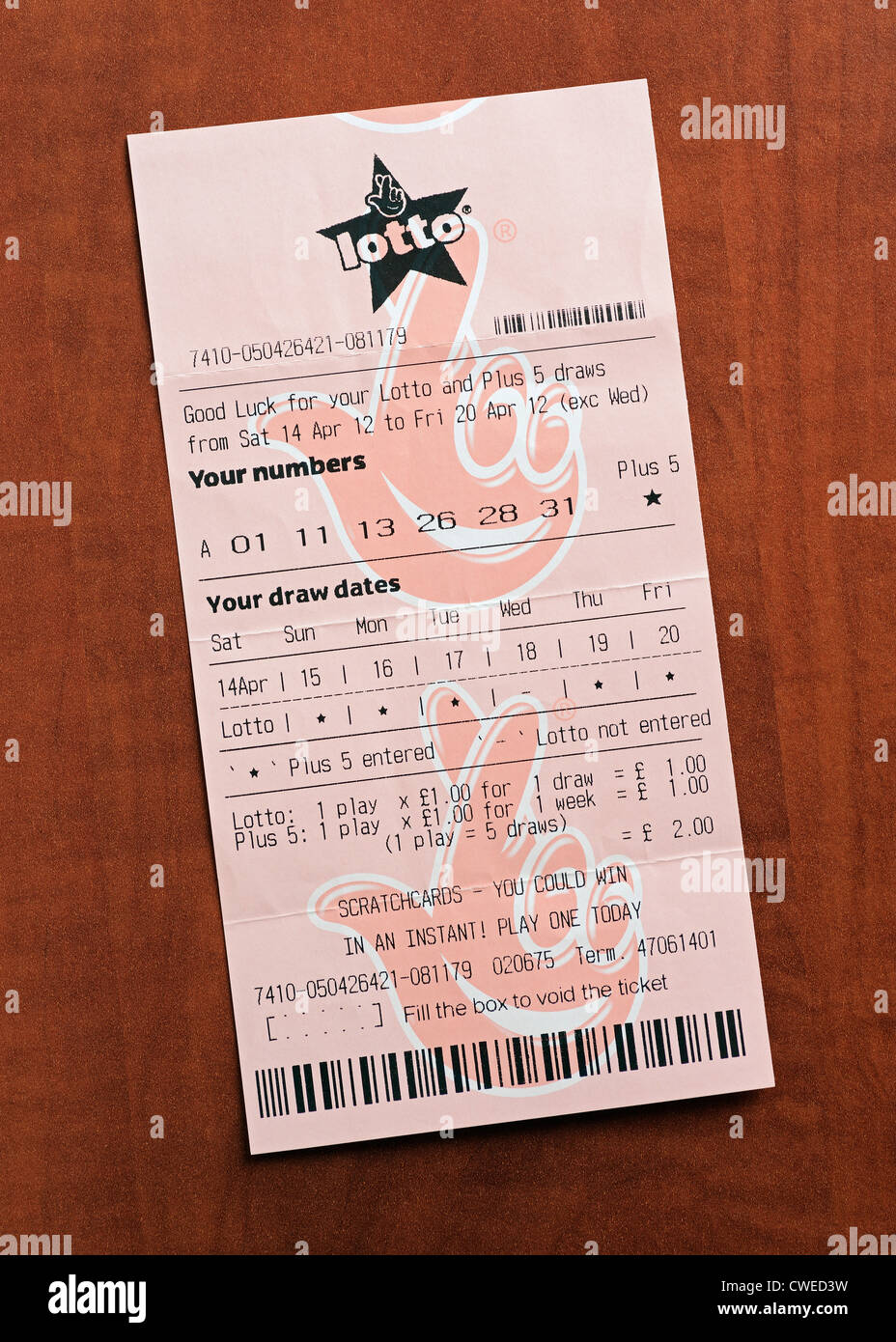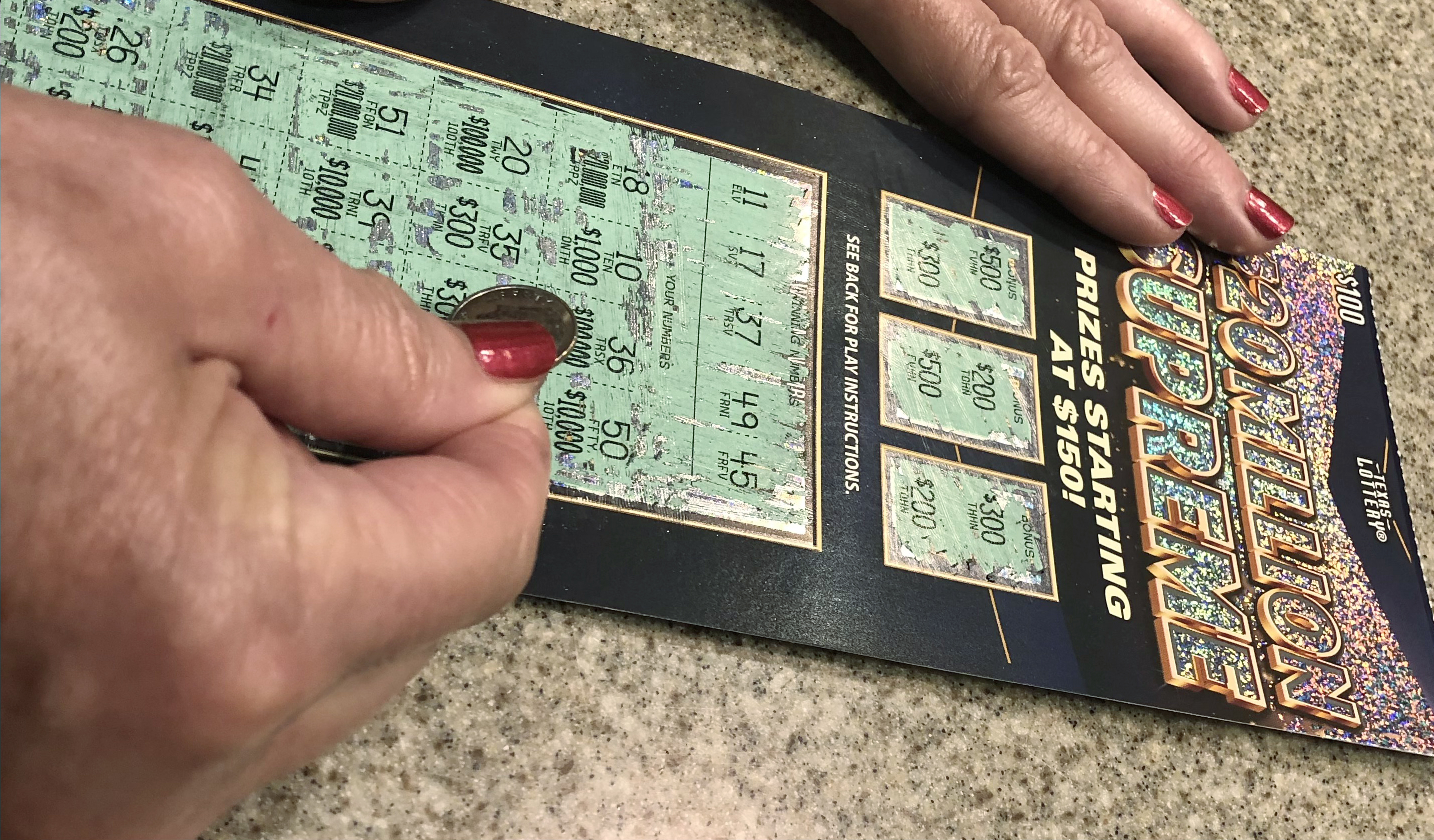
Person Holding A Winning Lottery Ticket Stock Illustration - Download Image Now - Lottery, Lottery Ticket, Ticket - iStock

Amazon.com: Larkmo Prank Gag Fake Lottery Tickets - 8 Total Tickets, 4 of Each Winning Ticket Design, These Scratch Off Cards Look Super Real Like A Real Scratcher Joke Lotto Ticket, Win

















